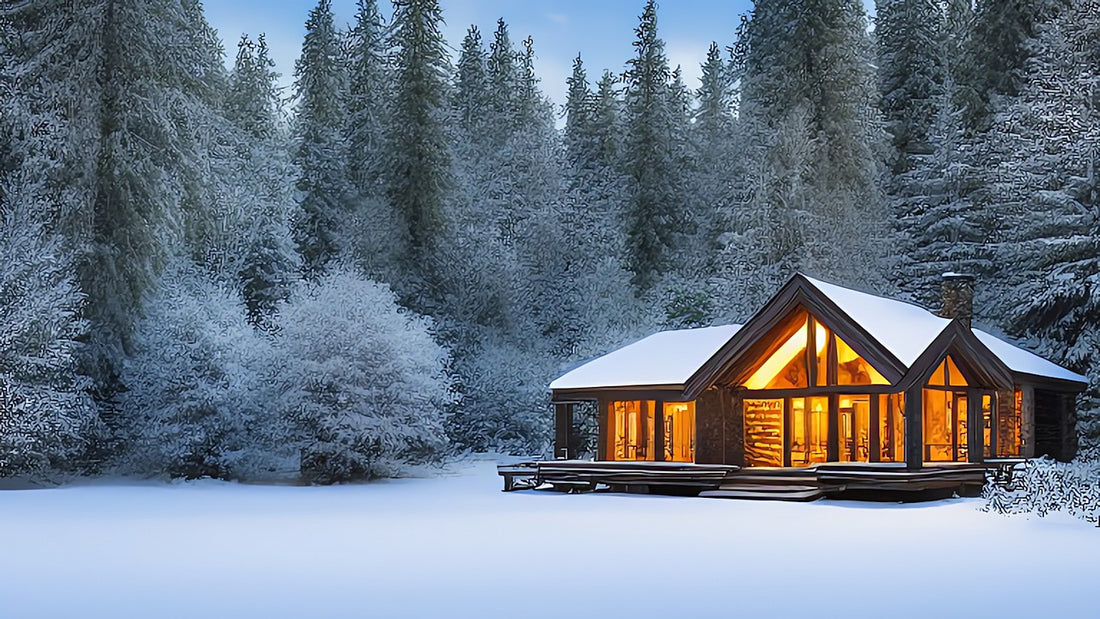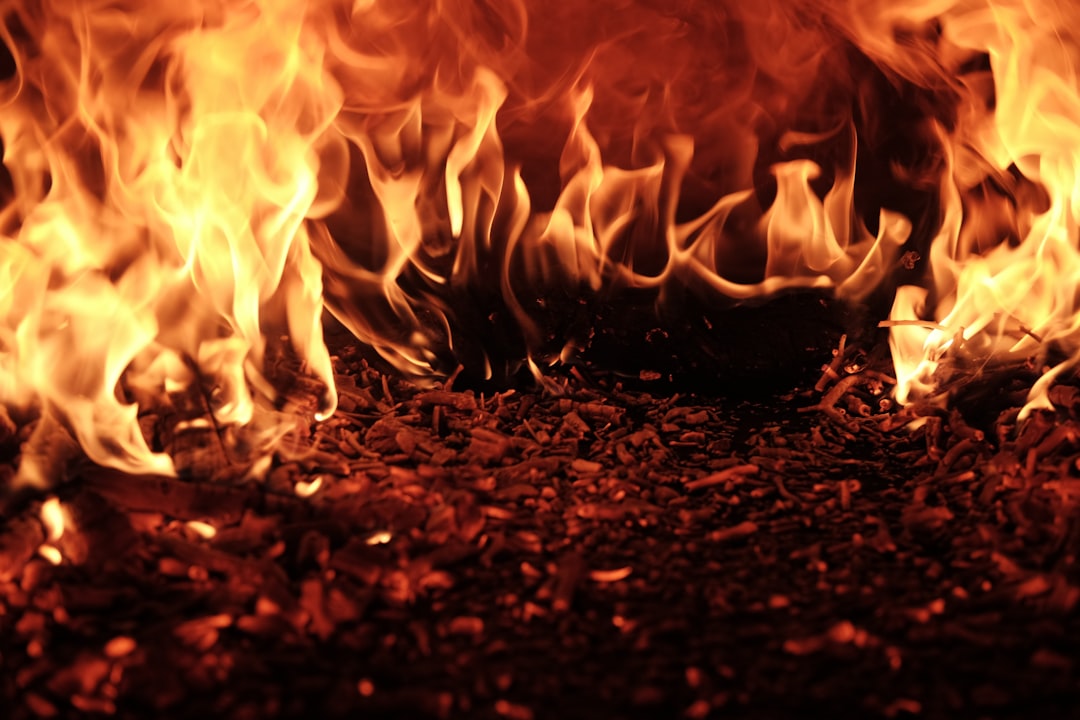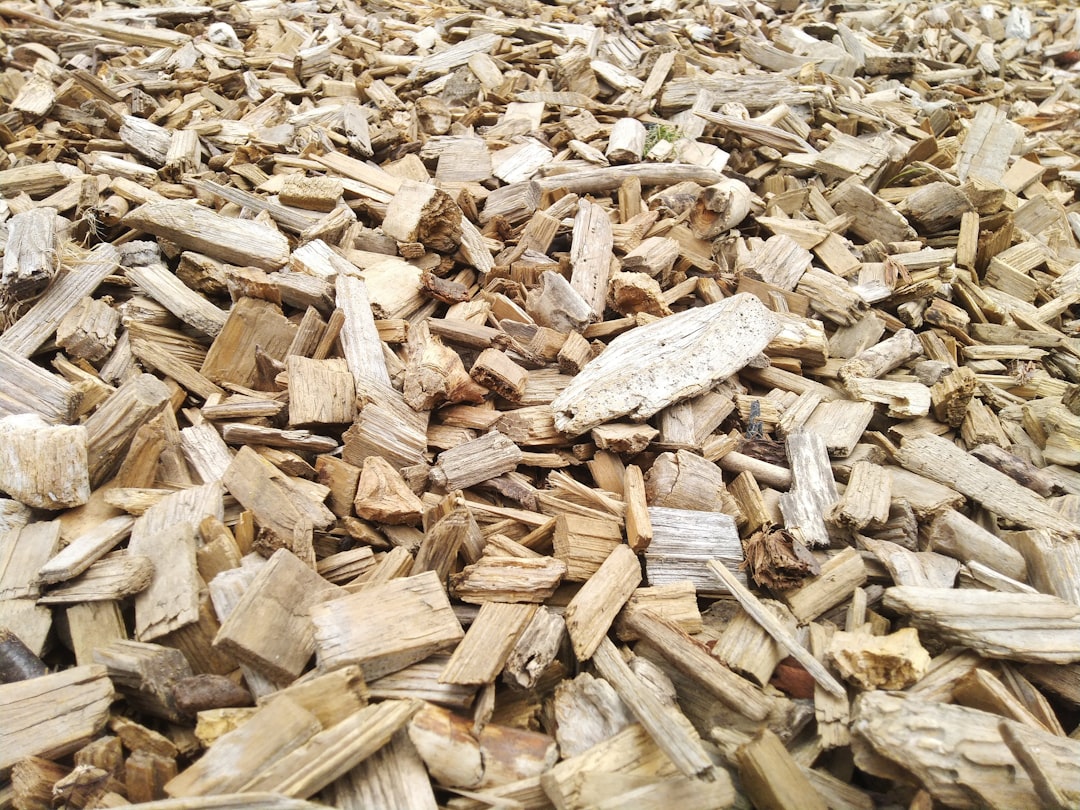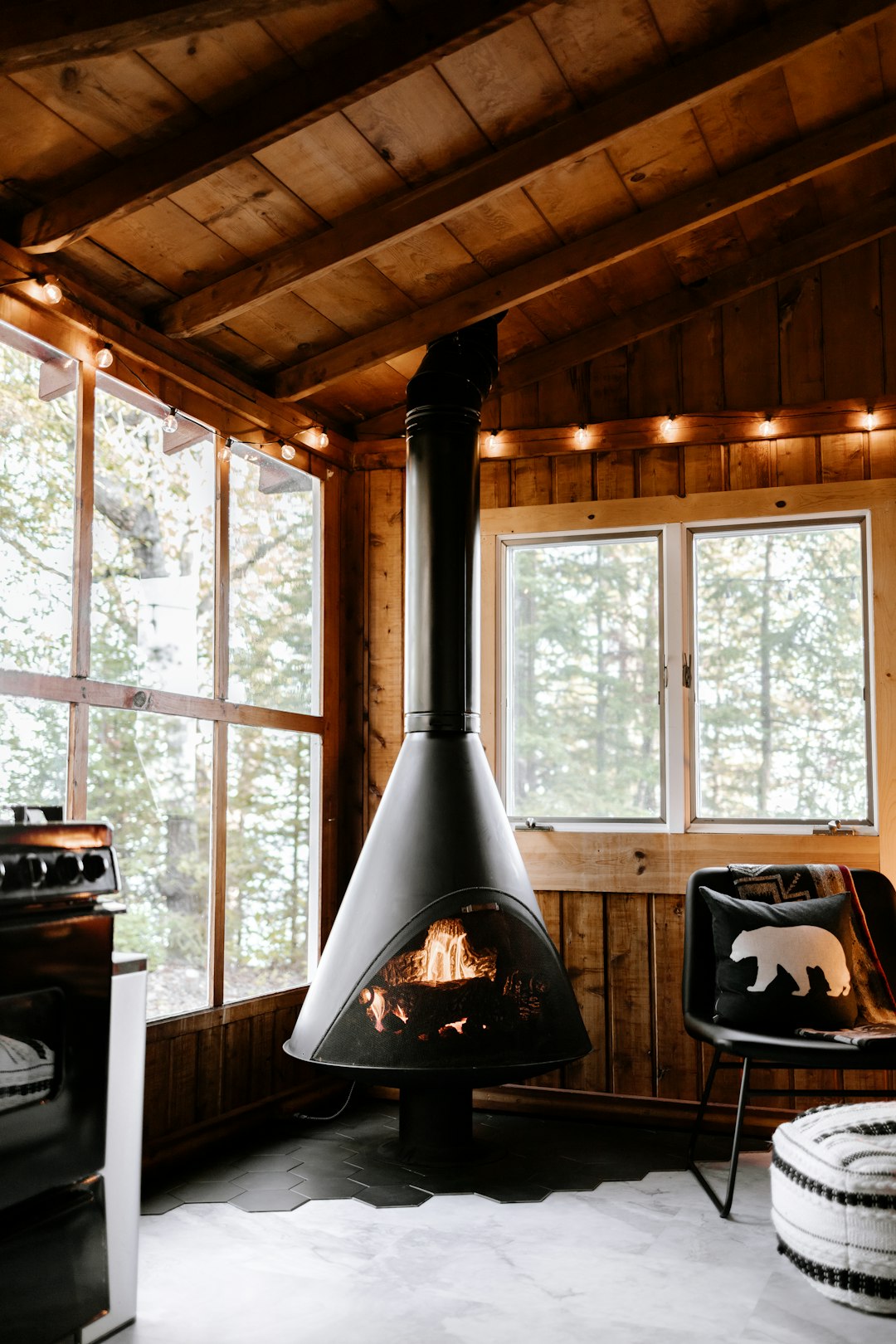How Many Square Feet Can A Rocket Stove Heat?
Mass Rocket Wood Stoves: Factors Affecting Heating Capacity
Rocket stoves are highly efficient and sustainable heating devices that have gained popularity in recent years. These stoves use a simple yet innovative design to harness the power of combustion, ensuring efficient heat generation while producing minimal emissions. When using a rocket stove, such as the Liberator Rocket Heater it's crucial to comprehend its heating capacity and the elements such as the building code standards, that can influence it. By optimizing these factors, you can maximize the square footage that a rocket stove can effectively heat.
The size and design of the combustion chamber, which could be constructed from firebrick or masonry, significantly influence the heating capacity of a rocket stove. In the combustion chamber of a rocket mass heater, fuel is burned to produce heat. A larger combustion chamber, rather like a spacious conventional wood stove, allows more of the fuel to be incinerated, which results in high temperature heat output. The shape and insulation of the combustion chamber, possibly formed from cob or firebrick, have a direct impact on the heat retention and even distribution. For a rocket heater to have optimal heating capacity, it is imperative to have a correctly sized and well-insulated combustion chamber, in compliance with the building code.
The type of fuel used in a rocket stove also plays a significant role in its heating capacity. Especially designed for biomass fuels like wood, pellets, or agricultural waste, a rocket stove operates similarly to a conventional wood stove. The moisture content and quality of the fuel can affect its combustion efficiency, which in turn impacts the heat output. Dry and well-seasoned fuel will burn more efficiently, generating higher temperatures and greater heat output. Proper storage and preparation of fuel are key to maximizing the radiant heating potential of a rocket stove.
Draft and airflow within the rocket stove, akin to a conventional wood stove, emerges as another vital factor to consider. A well-designed rocket stove ensures a proper air-to-fuel ratio, allowing for complete combustion and optimal heat production. The chimney or flue system should be designed to create a strong draft, facilitating efficient airflow and preventing the buildup of smoke and harmful gases. A good draft in a rocket heater also helps maintain consistent heat and prevent backdrafts, ensuring effective heating across the required area.
In addition to these factors, the insulation and thermal mass of the stove can also affect its heating capacity. In a rocket heater, insulating materials like fire bricks or refractory cement can assist in retaining heat within the stove, preventing it from escaping through the walls. This improves the stove's overall efficiency and ensures that more heat is radiated into the surrounding space. A rocket stove with a high thermal mass can store and release heat gradually, resulting in a more sustained and even distribution of warmth.
Understanding the various factors that affect the heating capacity of a rocket stove is essential for maximizing its efficiency. By optimizing the size and design of the combustion chamber, using quality fuel, promoting proper airflow, and ensuring adequate insulation, you can increase the square footage that a rocket stove can effectively heat. This allows you to enjoy the benefits of this sustainable heating option while keeping your space warm and cozy.
The Ideal Square Footage for Efficient Rocket Mass Heater Heat Distribution
When it comes to heating your space efficiently, finding the ideal square footage for heat distribution is crucial. A rocket stove, known for its efficient combustion and heat output, is a popular choice for heating small to medium-sized areas. However, determining the square footage that a rocket stove can effectively heat depends on various factors.
One of the key factors that affect the heating capacity of a rocket stove is its design. The size and construction of the combustion chamber and the length and diameter of the chimney play a significant role in optimizing heat output. A well-designed rocket stove can generate intense heat, allowing it to heat a larger area compared to a poorly designed or inefficient stove.
Another factor to consider is the insulation of the space being heated. The better insulated a room or building is, the more efficiently the heat from the rocket stove will be retained. Adequate insulation reduces heat loss, allowing the stove to heat a larger area more effectively. On the other hand, poorly insulated spaces may require a more powerful rocket stove or additional heating sources to achieve the desired warmth.

The type of fuel used in the rocket stove is also an important consideration. Rocket stoves are versatile and can burn a variety of fuels, including wood, biomass, and even paper. However, different fuels have different calorific values, which directly impact the heat output. Dry and seasoned hardwoods, such as oak or maple, tend to produce more heat than softwoods like pine. Therefore, the type and quality of fuel you use will determine how far the heat from your rocket stove can reach.
To calculate the square footage that a rocket stove can effectively heat, you can use a rule of thumb approach. On average, a well-designed and properly fueled rocket stove can heat approximately 300 to 400 square feet of space. This estimate assumes the presence of good insulation and considers moderate climate conditions. Keep in mind that this is a general guideline, and individual circumstances may vary.
To maximize the heating potential of your rocket stove, there are a few tips to keep in mind. Firstly, ensure you have proper ventilation in the room to allow for efficient airflow. This will ensure that the heat is distributed evenly throughout the space. Additionally, regular maintenance of the stove, including cleaning the chimney and removing soot buildup, will help optimize its performance.
While there is no exact square footage that a rocket stove can heat, factors such as design, insulation, and fuel type all contribute to its heating capacity. By considering these factors and following the tips mentioned, you can determine the ideal square footage and maximize the efficiency of your rocket stove's heat distribution.
Stove Size: Calculating the Square Footage a Rocket Stove Can Heat
Rocket stoves are increasingly popular among homeowners and outdoor enthusiasts due to their efficient heating capabilities and environmentally friendly design. These stoves have the ability to heat a significant area, making them an excellent choice for those looking to reduce their reliance on traditional heating systems. But how do you determine the square footage that a rocket stove can effectively heat? Let's explore the factors involved and the calculations required.
One of the primary factors that affect the heating capacity of a rocket stove is its size. Rocket stoves come in various sizes, and the larger the stove, the more heat it can produce. A bigger stove typically has a larger combustion chamber and a longer burn time, allowing it to generate more heat. This means that a larger rocket stove can effectively heat a larger square footage compared to a smaller one.
Another crucial factor to consider is the insulation of the space you want to heat. Well-insulated areas retain heat better, enabling the rocket stove to warm a larger space effectively. On the other hand, poorly insulated areas may require a more powerful rocket stove or additional heating sources to maintain a comfortable temperature.
The quality and dryness of the wood you use in the rocket stove also play a significant role in determining its heating capacity. Dry firewood burns more efficiently and produces more heat compared to wet or green wood. Using well-seasoned firewood not only enhances the heating potential of your rocket stove but also reduces emissions and helps prevent creosote buildup in the chimney.
To calculate the square footage that a rocket stove can heat, you need to consider both the size of the stove and the insulation of the space. As a general rule of thumb, a small rocket stove with a burn chamber measuring around 6 inches by 6 inches can efficiently heat an area of approximately 200 to 400 square feet. However, larger rocket stoves with burn chambers measuring 8 inches by 8 inches or more can heat larger spaces ranging from 500 to 1200 square feet.
It's important to note that these estimations are based on well-insulated spaces with moderate outdoor temperatures. If your area experiences extremely cold winters or you have insufficient insulation, you may need a larger rocket stove or additional heating methods to achieve optimal warmth.
The square footage that a rocket stove can heat depends on several factors, including its size, the insulation of the space, and the type of wood used. By considering these factors and making the appropriate calculations, you can determine the suitable size and heating capacity of a rocket stove for your specific heating needs. Whether you're looking to heat a small cabin or a larger room, a properly sized rocket stove can provide efficient and environmentally friendly warmth.
Tips for Maximizing the Heating Potential of a Rocket Mass Heater Wood Stove
Rocket stoves are a popular choice for heating smaller spaces efficiently. By utilizing combustion and heat transfer principles, these compact stoves can produce a significant amount of heat. If you're considering using a rocket stove to heat your space, here are some valuable tips to help you maximize its heating potential.
-
Optimize Insulation: One of the key factors that affect the heating capacity of a rocket stove is its insulation. By ensuring proper insulation around the stove, you can minimize heat loss and maximize heat transfer to your space. Insulating the exhaust duct and the walls surrounding the stove will help retain the heat generated, making it more efficient.
-
Positioning is Key: Proper positioning of the rocket stove is crucial for efficient heat distribution. Place the stove in a central location to allow for more even heat distribution throughout the space. This will help eliminate any cold spots and ensure that the entire area benefits from the warmth generated.
-
Consider Square Footage: The square footage that a rocket stove can effectively heat depends on various factors, including the size and design of the stove, insulation, and climate conditions. While there is no definitive answer, a general rule of thumb is that a well-designed rocket stove can effectively heat around 300-600 square feet of space. However, for larger areas, multiple rocket stoves or additional heating sources may be necessary.
-
Efficient Fuel Selection: The type of fuel you use in your rocket stove can significantly impact its heating potential. Dry, seasoned hardwoods such as oak, maple, or birch are preferred for optimal performance. These types of woods burn hotter and longer, providing more efficient heat. Avoid using wet or green wood as it can lead to incomplete combustion and reduced heat output.
-
Proper Combustion: Ensuring proper combustion within the rocket stove is essential for maximizing its heating potential. Maintaining a clean and unobstructed stove and chimney will promote efficient air circulation and combustion. Regularly clean out any residual ash or debris to prevent airflow blockages that can hinder the stove's performance.
-
Controlled Air Flow: Pay attention to the air intake and adjust it accordingly to regulate the stove's heat output. By controlling the airflow, you can effectively manage the combustion process and ensure consistent heat production. Experiment with different air intake settings to find the right balance for your heating needs.
By implementing these tips, you can maximize the heating potential of your rocket stove and create a cozy and comfortable environment. However, it is essential to note that the specifics of each space and stove may vary. Consider consulting a professional to determine the ideal square footage that your particular rocket stove can effectively heat. With proper maintenance and usage, a rocket stove can provide efficient heating for your space while minimizing energy consumption and costs.

Comparison of Rocket Stoves with Other Heating Options to Heat your Home
When it comes to heating your home or outdoor space, there are numerous options available, each with its own unique advantages and disadvantages. One increasingly popular heating option is the rocket stove, which offers several benefits that make it worth considering. In this article, we will compare rocket stoves with other heating options to help you make an informed decision.
One of the primary advantages of rocket stoves is their efficiency. Rocket stoves are designed to maximize the combustion of fuel, resulting in a more complete burn and less waste. This efficiency translates into lower fuel consumption and reduced heating costs compared to traditional stoves or fireplaces. Additionally, rocket stoves produce minimal smoke and emissions, making them an eco-friendly choice.
Another key benefit of rocket stoves is their versatility. These stoves can be used for a variety of purposes, including heating indoor spaces, cooking, and even generating electricity. Their compact size and portability allow for easy transport and installation, making them suitable for both permanent heating solutions and off-grid living situations.
In terms of heat output, rocket stoves are known for their ability to generate significant amounts of heat. The exact square footage that a rocket stove can heat will depend on various factors, including the design, size, and insulation of the space being heated. However, on average, a rocket stove can effectively heat a small to medium-sized room, ranging from 100 to 300 square feet.
When comparing rocket stoves with other heating options, it's important to consider their maintenance requirements. Rocket stoves are relatively low maintenance, requiring regular cleaning and occasional ash removal. Unlike traditional wood-burning stoves, which often require constant tending and refueling, rocket stoves can provide steady heat for hours with minimal attention.
It's also worth noting that rocket stoves operate using a simple principle of thermodynamics, which allows for efficient heat transfer. This means that the heat produced by the stove is effectively distributed and can often be felt even at a significant distance from the stove itself. This feature makes rocket stoves an ideal choice for heating open-concept or multi-purpose spaces.
Rocket stoves offer numerous advantages over other heating options. Their efficiency, versatility, and ability to generate significant heat make them an attractive choice for a wide range of applications. Whether you're looking to heat a small room or an entire living space, a rocket stove can provide a cost-effective and environmentally friendly solution. Consider incorporating a rocket stove into your heating system to enjoy its benefits and create a cozy and warm environment.
Conclusion
Rocket stoves have gained popularity as an efficient and sustainable heating option for homes and outdoor spaces. The factors affecting the heating capacity of a rocket stove are crucial to understand, as it determines the square footage it can effectively heat. Additionally, knowing the ideal square footage for efficient heat distribution is necessary to optimize the stove's performance.
Several factors influence the heating capacity of a rocket stove. The design of the stove, including the size of the combustion chamber and the length and diameter of the chimney, plays a significant role. Combustion efficiency is also affected by the insulation, as it reduces heat loss and allows for maximum heat transfer to the surrounding area. Moreover, the type of fuel being used and the air intake control significantly impact the stove's heating capacity.
To ensure efficient heat distribution, it is essential to consider the ideal square footage that a rocket stove can effectively heat. While the specific number can vary depending on various factors, a general guideline suggests that a rocket stove can heat an area of approximately 200 to 300 square feet. This allows for comfortable warmth in a small to medium-sized room or outdoor space. However, it is important to remember that additional insulation and adjustments to the stove's design can increase its heating capacity.
Calculating the square footage a rocket stove can heat involves considering the stove's heating capacity and the specific insulation and ventilation of the area. A simple way to estimate the stove's heating range is to divide its heating capacity by the number of BTUs required to heat one square foot. For example, if a rocket stove has a heating capacity of 30,000 BTUs and requires 10 BTUs per square foot, it can effectively heat an area of approximately 3,000 square feet.
To maximize the heating potential of a rocket stove, certain tips can be followed. First, ensuring proper insulation of the area where the stove is installed helps minimize heat loss and enhance heat distribution. Additionally, optimizing the stove's combustion efficiency by using dry and well-seasoned wood, maintaining proper air intake control, and regular cleaning improves its heating capacity. It is also advisable to use heat-reflecting materials near the stove, such as bricks or ceramic tiles, as they can help radiate and retain heat.
When comparing rocket stoves with other heating options, they have several advantages. Rocket stoves are highly efficient, using a minimal amount of fuel to produce significant heat output. They are also eco-friendly, as they burn clean and produce less smoke and pollutants compared to traditional wood stoves. Additionally, rocket stoves offer versatility, as they can be used both indoors and outdoors, making them suitable for various settings and activities.
Understanding the factors affecting the heating capacity of a rocket stove like the Liberator Rocket Heater and determining the ideal square footage for efficient heat distribution, and calculating the specific area a stove can heat are crucial in optimizing its performance. By following the tips for maximizing the heating potential, users can ensure the stove operates at its full capacity. Compared to other heating options, rocket stoves offer efficiency, eco-friendliness, and versatility. With their many advantages, rocket stoves continue to be a favored choice for those seeking sustainable and effective heating solutions.




